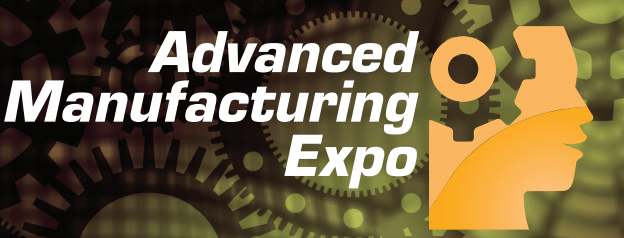Over the last few years, advancements in technology have made 3D printing a reality. What is interesting though is that many manufacturers that were already using 3D printers are taking their manufacturing to the next level. For example, motorsport companies like Prodrive that initially used 3D printers to make prototypes are now actually making production parts with the technology.

Traditionally, most manufacturers and industrial organizations have used 3D technology for research and development. However, today’s 3D printers have more robust capabilities and can render items in metal. Some of the early-adopter industries of 3D technology include consumer specialty (lampshades, toys, jewelry), automotive (fabrication of tooling and prototypes, unique fabrication of repair parts), medical (dental prosthetics, fillings), and aerospace (manufacture of exotic materials).
Manufacturing Issues Arising from 3D Technology
As more manufacturers embrace 3D printing technology, it is apparent that their IT infrastructure must change as well. For example, organizations will need to examine their enterprise resource planning (ERP) system’s capability to adopt machine-to-machine interaction.
For ERP solutions to handle 3D manufacturing, they may have to be integrated with specialized point solutions such as product configuration management (PCM) systems and computer-aided design (CAD) software. Specialized supply chain management systems and performance lifecycle management systems may also have to be integrated into the IT infrastructure.
3D technology is a disruptive and transformative technology especially in the manufacturing industry. With the technology, organizations do not need big factories with big tools. Rather, they can localize manufacturing. Ultimately, we will see a rise in corner shops with a range of machines and materials to make a whole variety of products.
However, 3D technology has high complexity issues that have to be addressed and managed well. For example, protecting intellectual property of the configure-to-order design is one of the most contentious issues. If an organization is to provide its manufacturing blueprints to customers for on-demand printing of parts, then the question of who owns the design combination could become an issue. This is especially if the printer is located at the customer’s premises.
Impact of 3D Technology in the Manufacturing Sector
3D technology presents immediate opportunities for make-to-order manufacturing and spaces. The impact on spares and repair inventory is obvious especially in industries like oil and gas, where consumers' needs change and space for parts inventory is limited. Instead of an organizations keeping safety inventory at hand, the parts can be printed when they are in demand from a stock of materials.
While the benefits of 3D technology cannot be denied, issues can arise with regards to quality and authenticity. Given that parts will be easily replicable through 3D technology, how can customers make sure they are buying original parts? This issue can be partly addressed by ERP systems:
i) The 3D printer can be set up as a workstation integrated with ERP and with elements of enterprise asset management (EAM) present. Managers will also need to facilitate regular checks for parts produced to ensure they confirm to functional requirements and quality specifications.
ii) Manufacturers will need to maintain records of the chemical components and constituents of each part. To meet demand for parts, a robust ERP system will be crucial for proper estimation of the raw materials that will be needed and that can be consumed by the 3D printer.
iii) Manufacturing organizations will have to integrate process manufacturing software in their ERP applications. Since 3D printing involves combining different chemicals or alloys to create new parts, this is essentially a process manufacturing system. Therefore, even if you are a discreet manufacturer, doing 3D printing will turn you to a process manufacturer.
iv) To address intellectual property issues, part serialization may become standard across the manufacturing industry. At the moment, the practice is mostly evident among aerospace equipment and medical device manufacturers. Part serialization will help organizations determine whether customers bought genuine parts and whether the parts are under warranty.
As the prices of 3D printers continue to fall, more manufacturers are likely to make experimental investments without having to do a full return on investment cost benefit analysis. 3D technology can be fundamentally disruptive as it improves the ideation process and enables rapid product development through prototyping and making products to order.






